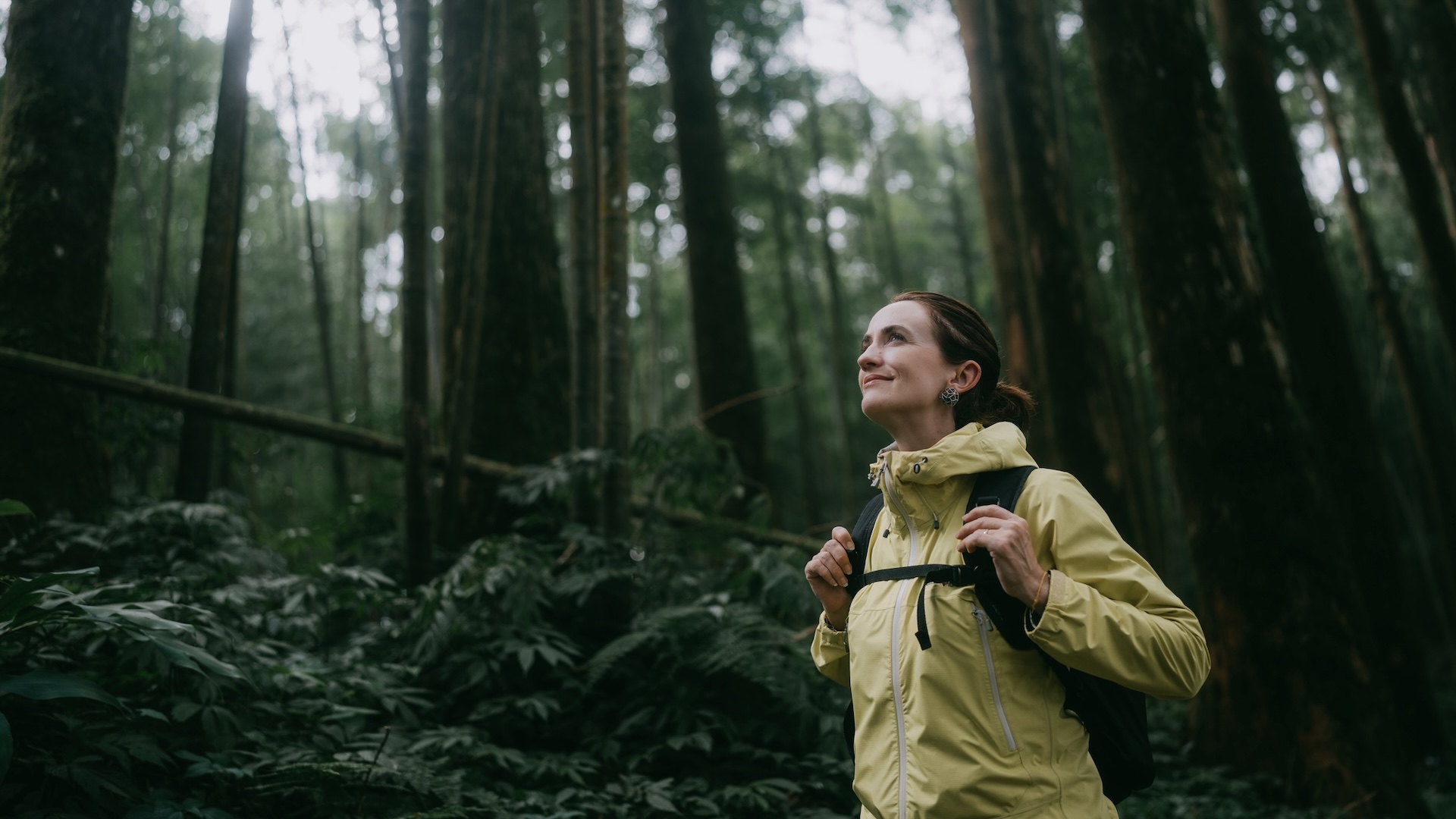
If you’re a hiker, the chances are you are keen to protect the environment. But do you know how to make your hiking more sustainable? We have created a list of 12 easy ways to be more eco-friendly and kinder to the environment.
1. Buy less stuff
The manufacture of clothing and equipment for hiking has an impact on the environment. For example, transporting the parts that are used to make clothes or rucksacks leads to an increase in carbon emissions. The same is true when items are distributed to retailers or the customer.
Then there is the process of making products, which can have an impact on the environment because of carbon emissions and water use. Some manufacturing processes also release eco-damaging toxins and chemicals, such as PFCs.
If you buy fewer new products, you will create a lower personally contribution to the damage caused by making new hiking clothes and equipment.
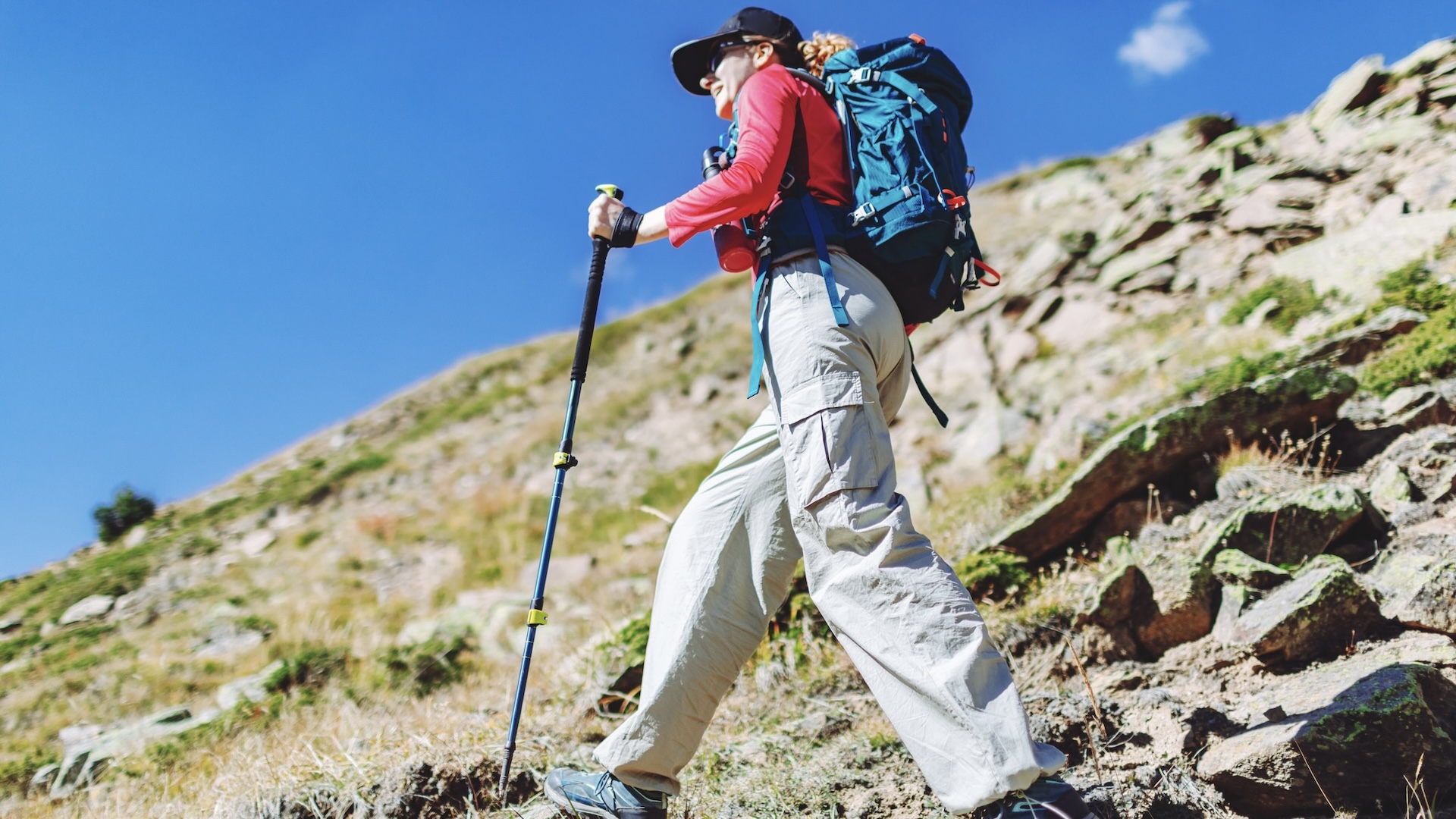
2. Shop mindfully
Try to buy from companies that have pledged to reduce their impact on the environment. There can be a lot of greenwashing in the outdoors sales industry so you should read there labelling and information on-line with a cynical mind. If in doubt, contact the brand and ask them for details of their “green” claims.
Accreditations to look out or include recycled fabrics or parts, eco-friendly certification, such as Bluesign, B Corporation, Fairtrade, Climate Neutral and make sure the products are made with PFC-free treatments, rather than processes that use Perfluorocarbons (PFCs, which are man-made compounds containing fluorine and carbon).
PFCs have been shown to be potent greenhouse gases that contribute to the increased greenhouse gas effect, which in turn leads to a rise in the average temperature on earth and also to climate change and increased sea levels.
It’s worth having a read of some informative websites such as Good On You and Ethical Consumer.
3. Choose second-hand
Buying second-hand is better for the environment than buying brand new. The more we buy second-hand, the fewer new products need to be made. Of course, there is an argument that the brands will make the new products anyway and then there is waste because they are not then bought by consumers. However, over time, it's reasonable to believe that the lower the demand, the less will be produced.
This means that buying second-hand is a good option for times when your hiking clothing and equipment wears out. When searching for second-hand items make sure they are fit for purpose.
Hiking can be potentially dangerous if your kit is not up to the job. For example, a waterproof jacket that leaks will leave you wet and cold and this is dangerous if you are in the mountains for many hours.
4. Sell what you don’t need
If you have hiking clothes and equipment unused and collecting dust in a cupboard, you can do your bit for the environment – and for your bank balance – if you aim to sell these items second hand.
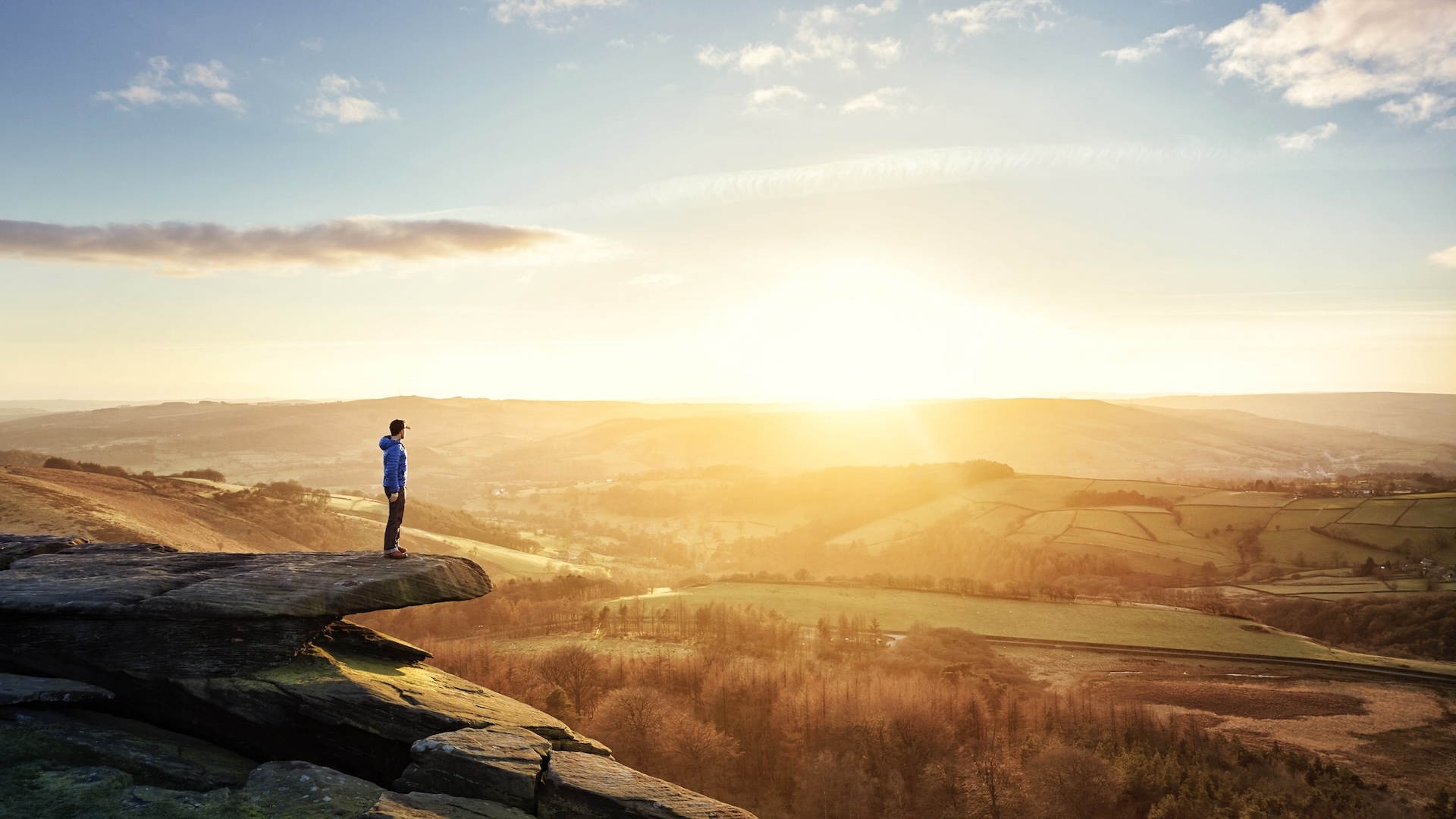
5. Host a clothes and kit swap
For the same reason as stated above, you could reduce the amount of new items being bought by hosting a clothes and kit swap. Ask friends to bring their unwanted or unused items and add your own into the mix.
6. Borrow from friends
There might be the odd item that you only need to use once, such as a tent or a long-distance backpacking hike. You could ask a friend if they would lend you this item.
7. Take four-minute showers
Rather than taking a bath or a long shower at the end of your hike, you could set your phone stopwatch and take a short shower. The four-minute shower method will conserve water use, which helps to preserve the environment.
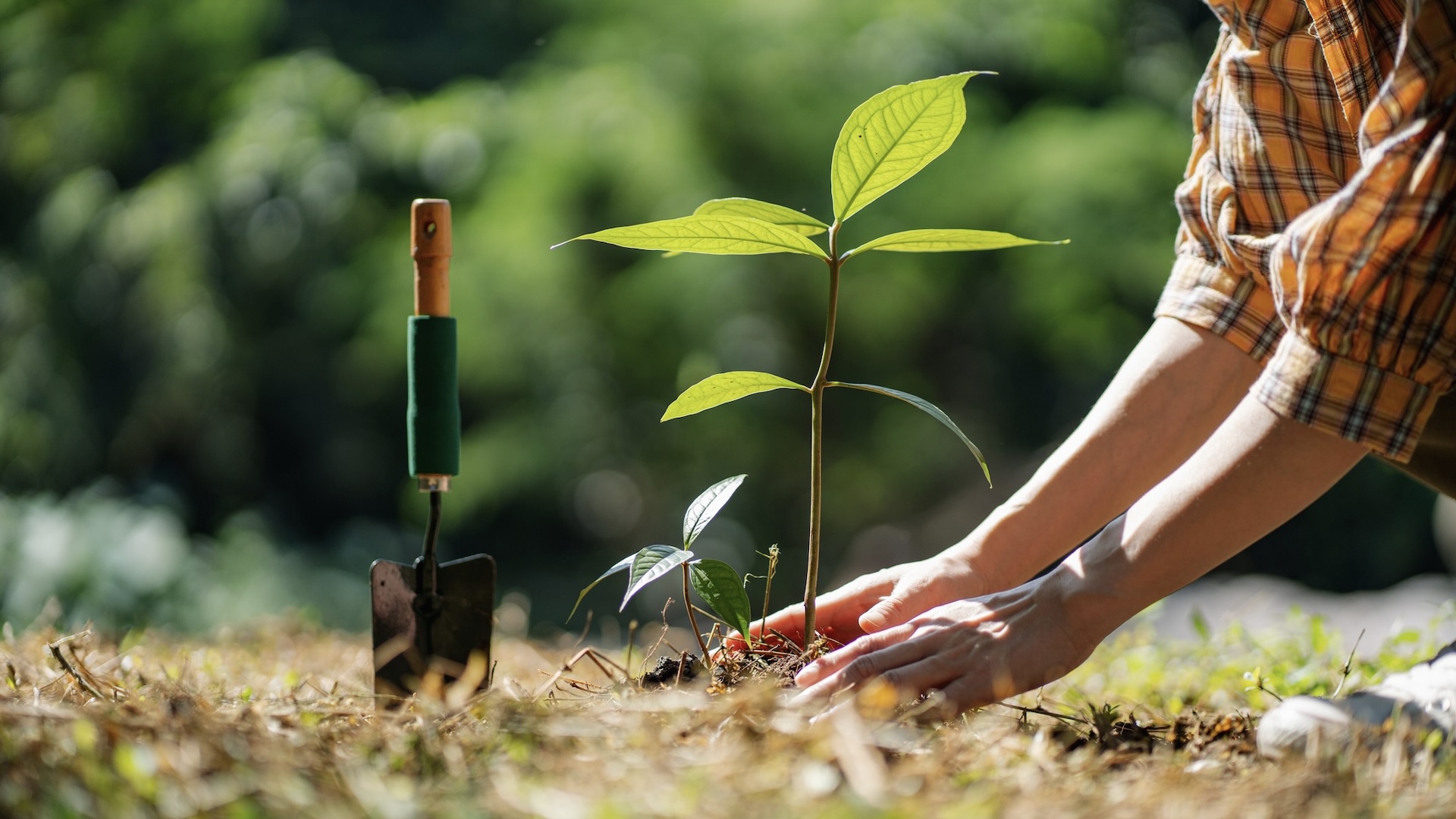
8. Wash gear less frequently
According to Fashion Revolution, the way we wash and care for garments, including hiking clothes, accounts for 25% of our carbon footprint. If possible, wash clothing less frequently and choose products made using natural fibers like merino wool, which are less prone to odors.
As well as reducing the frequency of washing your clothing, you should aim to use eco-friendly detergents too.
9. Reduce your travel
It's great that hiking, as an activity, is low on environmental damage but have you thought about the ways that you access your hiking trips?
Driving and flying create significant greenhouse gas emissions. If you want to make your hiking more sustainable, you should aim to limit the amount of travelling you do to get to a hike.
You can also consider sharing a car where possible or taking public transport such as buses and trains as a way to reduce your environmental impact. Better still, try riding a bike to as many hikes as possible.
10. Stick to the trails
The environment where you spend your time hiking can be damaged by the activity. There are several ways that hiking can impact the environment such as the effects on vegetation and the erosion of the hill or mountain.
Where possible, you should aim to stick to man-made paths and well-defined trails.
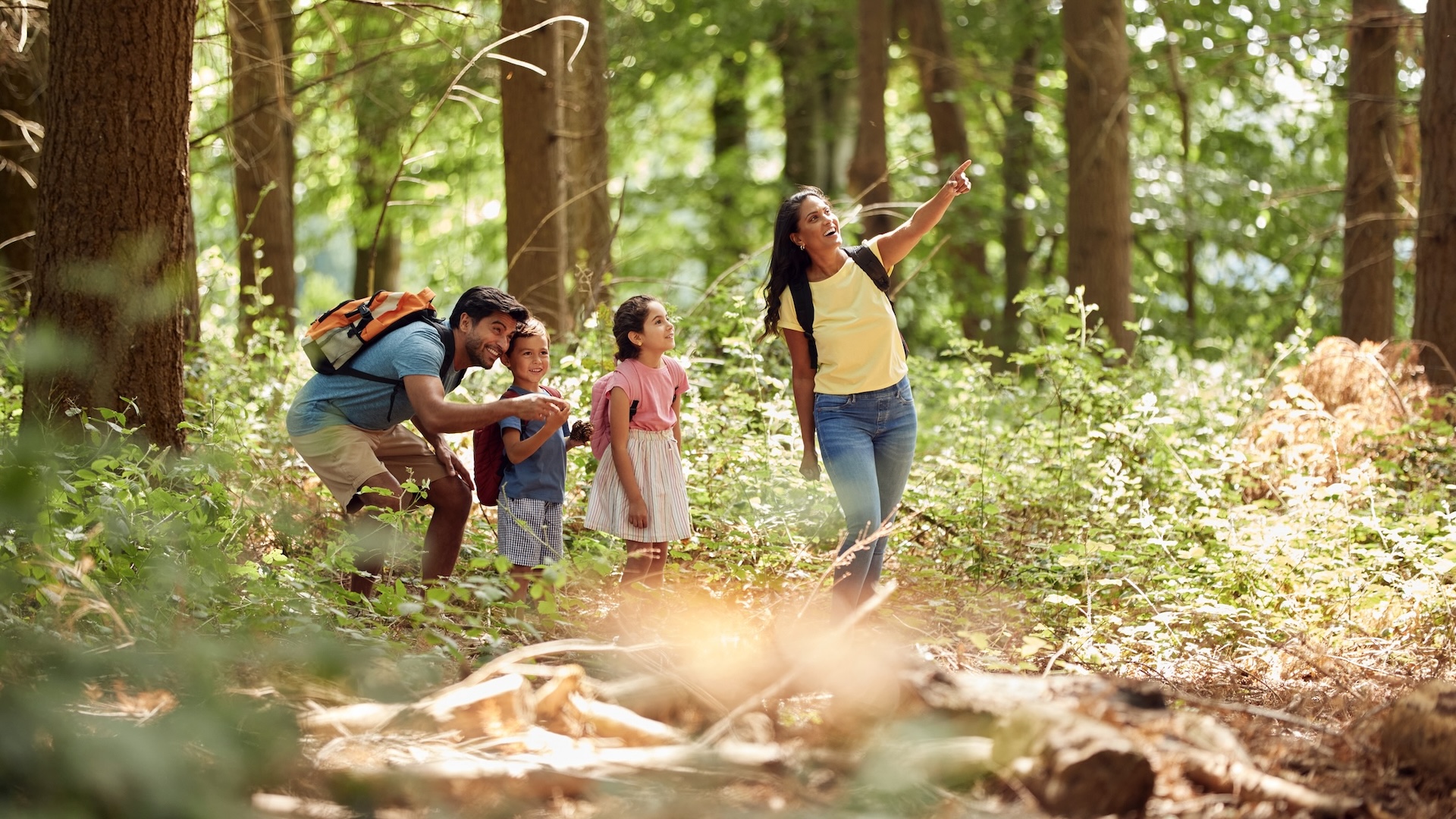
11. Plant trees
You can help the planet by planting more trees. Friends of the Earth explain that trees play an incredible role in combating climate chaos by removing harmful emissions. More trees also means hikers can enjoy a greener landscape filled with wild flora and fauna.
Not all trees are equally beneficial though, and large areas of non-native woodland can be detrimental to biodiversity, out-competing native species and failing to provide suitable habitats for wildlife. If you're donating to a tree planting program, check out what it's planting and where first.
12. Educate children
We can start to change the world by teaching our children about the environment. This can include lessons in making hiking more sustainable. Start with simple ideas when they are young – and lead by example.







